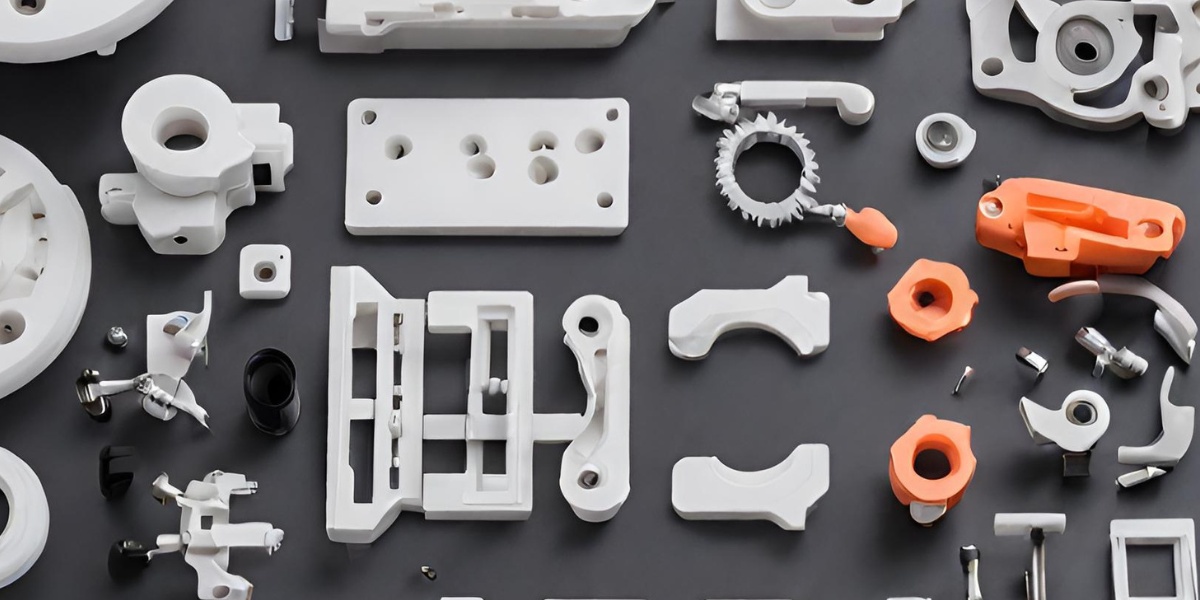In the ever-evolving landscape of advanced manufacturing, excellence isn’t just about innovation; it’s the artful fusion of cutting-edge technologies. Within the ADDMAN manufacturing umbrella, our unwavering commitment to excellence propels us to seamlessly integrate Polymer 3D Printing and Injection Molding. This deliberate collaboration forms the backbone of a comprehensive manufacturing approach, unleashing distinctive advantages across the product development lifecycle. Join us as we delve deeper into each facet, augmented by real-world examples that showcase the formidable synergy of this dynamic duo.
1. Prototyping and Iterative Design:
Polymer 3D Printing: (Dinsmore)
Imagine a scenario where a medical device company is developing a groundbreaking prosthetic. Using Polymer 3D Printing, they rapidly prototype various designs, allowing them to test functionalities and ergonomic aspects without the constraints of expensive tooling.
Injection Molding: (HARBEC)
Once the final prosthetic design is honed through 3D printing, the transition to Injection Molding becomes the gateway to mass production. This shift not only maintains the precision achieved in prototyping but also ensures efficient and cost-effective manufacturing of identical parts.
2. Tooling Validation:
Polymer 3D Printing:
Consider an aerospace company aiming to produce intricate components. 3D printing enables them to create functional prototypes of molds, validating their tooling functionality. This meticulous validation process helps identify potential issues early on, mitigating risks and saving valuable time and resources.
Injection Molding:
With validated 3D-printed molds, the aerospace company seamlessly transitions to Injection Molding for large-scale production. The confidence in the accuracy and reliability of the tooling ensures a smooth manufacturing process.
3. Customization and Complexity:
Polymer 3D Printing:
In the automotive industry, where customization is key, Polymer 3D Printing empowers manufacturers to produce complex and customized components. Whether it’s intricate car interior details or specialized parts, 3D printing offers unparalleled flexibility.
Injection Molding:
To meet the demands of large-scale production in the automotive sector, the 3D-printed intricate molds become the backbone of the Injection Molding process. This synergy guarantees the accuracy and repeatability of the highly detailed components.
4. Low-Volume Production:
Polymer 3D Printing:
Consider a startup in the consumer electronics space. In the early stages, low-volume production is essential for market testing. Polymer 3D Printing allows them to create unique, one-off items without the financial burden of expensive molds.
Injection Molding:
As the consumer electronics startup gains traction, the transition to Injection Molding becomes imperative for efficient and cost-effective large-scale manufacturing, meeting the growing demand.
5. Material Selection and Testing:
Polymer 3D Printing:
A material science company is developing a revolutionary material for use in the healthcare industry. They use Polymer 3D Printing to test various material combinations, evaluating properties and performance in real-world conditions.
Injection Molding:
Informed by the insights gained from 3D printing tests, the material science company chooses the most suitable material. This material consistency is then applied in the Injection Molding process, ensuring quality and consistency across production batches.
6. Time-to-Market Acceleration:
Polymer 3D Printing:
A tech startup racing against time to launch a new product uses Polymer 3D Printing to accelerate the product development cycle. Swift production of prototypes ensures quick iterations and adjustments.
Injection Molding:
Once the final design is locked in, the transition to Injection Molding meets the demands of larger production, expediting the time-to-market for the final product.
In each of these scenarios, the strategic marriage of Polymer 3D Printing and Injection Molding within the ADDMAN Group becomes a catalyst for manufacturing success. This holistic approach not only addresses specific needs but also positions Dinsmore and HARBEC at the forefront of innovative and efficient manufacturing practices. We are not just shaping products; we are reshaping possibilities.
